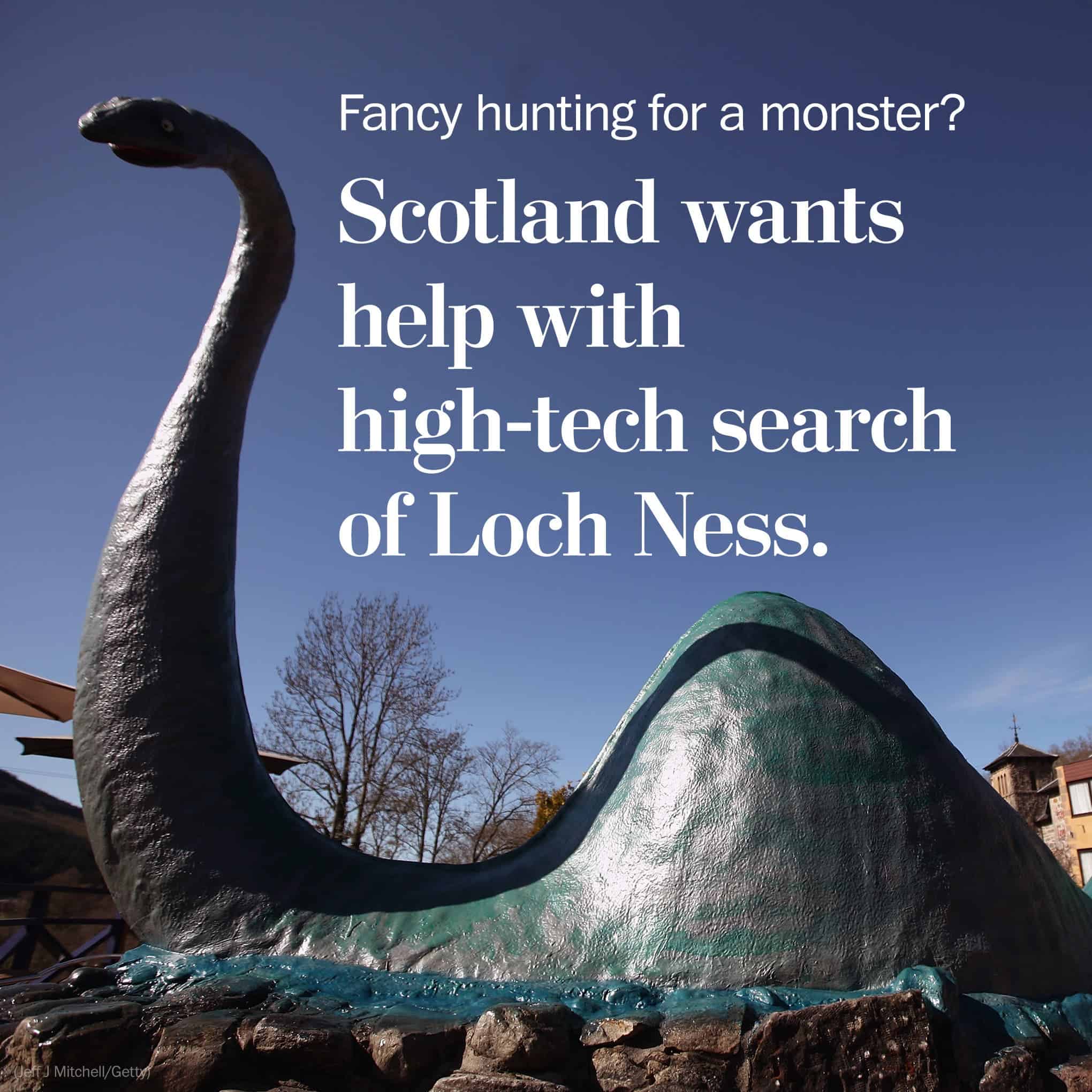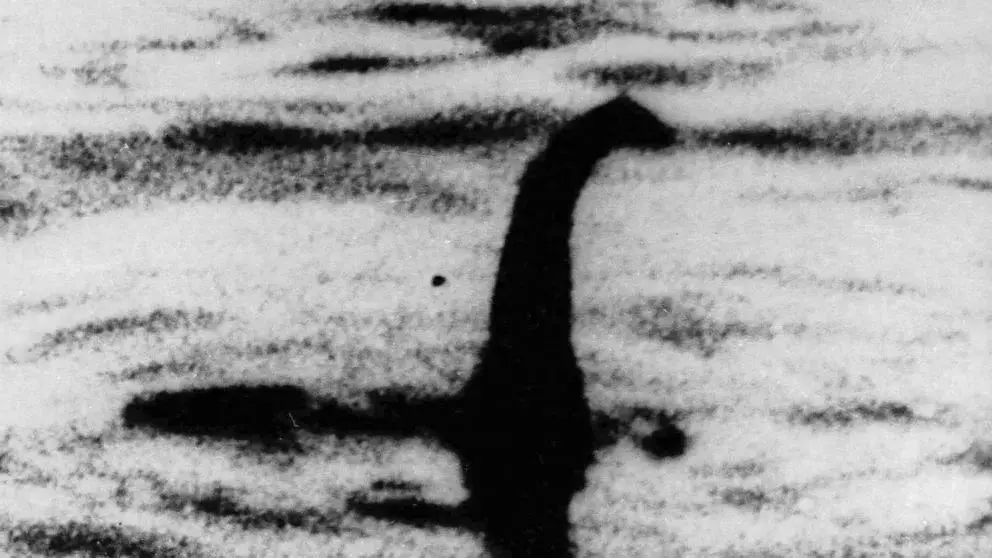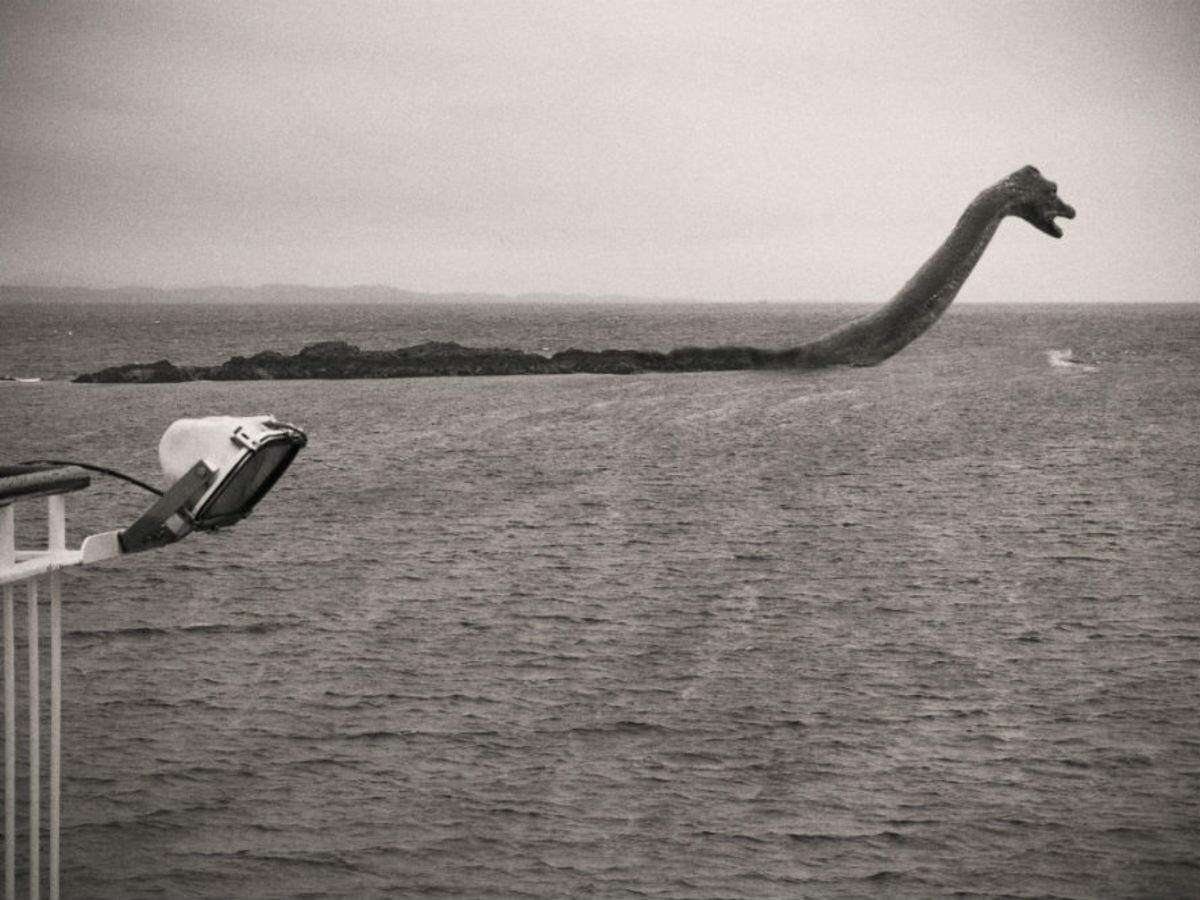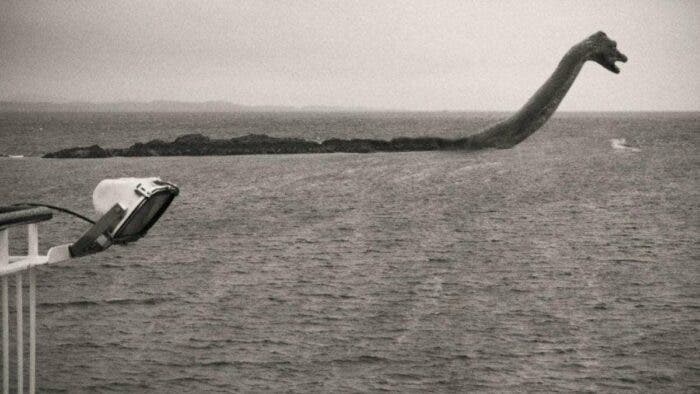The Loch Ness monster, also known as Nessie, has been a subject of fascination for decades. The mythical creature is said to inhabit Loch Ness, a large freshwater lake in the Scottish Highlands. Despite numerous sightings and searches, there is no conclusive evidence of Nessie’s existence. However, that has not stopped enthusiasts from trying to find the elusive creature.

This year, the biggest search for Nessie in 50 years is underway, and volunteers are being sought to participate in the hunt. Loch Ness is located in the Grand Canyon in the northern part of the Scottish Highlands. The legend of water monsters here has a long history. In the past few days, the Loch Ness Center in the UK announced that it will start the largest search for Loch Ness in more than 50 years to find the mysterious creatures in the lake. They are recruiting volunteers from all over the network to participate. The search will use drones and “state-of-the-art” hydrophones. The event will be carried out from August 26 to 27 and will be the largest search since 1972 (A water monster search operation).
Previous Searches Have Been Unsuccessful
Despite numerous searches over the years, there is no conclusive evidence of Nessie’s existence. The last major search for Nessie took place in 1975, and it was unsuccessful. However, the organisers of this year’s search are optimistic that they will find evidence of Nessie’s existence.
Previous Attempts to Find the Loch Ness Monster:
1. BBC Sonar Search (2003): In 2003, the BBC sponsored a search of Loch Ness using 600 sonar beams and satellite tracking. The search had sufficient resolution to identify a small buoy but no animal of substantial size was found. This search provided evidence that the Loch Ness Monster was a myth.
2. Zoologists from Flamingo Park Zoo (1972): In 1972, a team of zoologists from Yorkshire’s Flamingo Park Zoo conducted a search for the monster and discovered a large body floating in the water. However, it was not the Loch Ness Monster but rather a different creature.
3. DNA Hunt (2018): In 2018, scientists led by Prof Neil Gemmell from New Zealand conducted a DNA hunt for the Loch Ness Monster. The mission involved extracting genetic code from the loch to determine the types of creatures that live there. While the purpose of the study was not solely focused on the monster, it aimed to establish the biodiversity of Loch Ness. The results of this study are still being analyzed.
4. Ancient Sightings and Reports: Reports of a monster inhabiting Loch Ness date back to ancient times. Stone carvings by the Pict depict a mysterious beast with flippers, and the first written account appears in a 7th-century biography of St. Columba. Over the centuries, occasional sightings were reported, but it wasn’t until 1933 that the legend of the Loch Ness Monster began to grow.
Despite these previous attempts, there is still no conclusive evidence of the existence of the Loch Ness Monster. The search continues, and the recent search in 2023 is the largest in over 50 years.

The Search is Generating Interest Worldwide
The search for Nessie is generating interest worldwide, with news outlets around the world reporting on the story. The BBC, CBS News, and Washington Post are amongst a few popular news outlets that have reported the search. The search is also being promoted on social media, with the hashtag #NessieSearch trending on Twitter.
However, there are some scepticisms about the search. For instance, The BBC believes that this “the so-called largest Loch Ness monster search in the past 50 years” is more of a “marketing behaviour” and has nothing to do with science. It claims that the search will just drop monitors to collect suspicious noises in the lake and drop drones into the sky to check the movement of the lake.
However, we can understand why some reports like the one from the BBC are not so optimistic about the search. Back in 2019, an international team of researchers from the University of Otago, the University of Copenhagen, the University of Hull, and the University of the Highlands and Islands conducted a DNA survey of Loch Ness in order to find the lake. In September 2019, the team released the result of the survey. According to the report, no DNA from large fish such as sharks, sturgeons and catfish was found. Thus, talking of a possible unknown large animal is not feasible.
Nevertheless, Alan McKenna, of Loch Ness Exploration, a voluntary research team taking part in the upcoming search is optimistic. Alan said, “It’s our hope to inspire a new generation of Loch Ness enthusiasts,”. He adds “By joining this large-scale surface watch, you’ll have a real opportunity to personally contribute towards this fascinating mystery that has captivated so many people from around the world,”
Marketing Gimmick?
Just like the BBC, other news outlets like AP News and The Week believe that this search is more of a marketing gimmick. They claim that the current search method for the Loch Ness Center is quite rough and inefficient. The report compares the current search methods to that of a DNA survey in 2018. In 2018, Professor Neil Gemmell from Otago University conducted an environmental DNA study of Loch Ness. The study aimed to understand the biodiversity of Loch Ness and provide a detailed database of all the species in the lake. The findings of this study were revealed by Professor Gemmell in Scotland. The BBC believes that a “real” Loch Ness search will have to use better methods than Prof. Neil used in 2018.

While the Loch Ness Center continues to organize searches for the Loch Ness monster, some media outlets suggest that the main focus may be on attracting tourists and generating publicity rather than conducting scientific research. The Loch Ness area has long been associated with the legend of the Loch Ness monster. Also, the tourist industry in the region has thrived on this reputation. It is important to note that these are the perspectives of some media outlets. They may not reflect the intentions or goals of the Loch Ness Center itself. The Loch Ness Center may have multiple objectives, including scientific research, education, and tourism promotion.
Conclusion
The Search for Nessie is a fascinating story that captures the imagination of people around the world. While there is no conclusive evidence of Nessie’s existence, the search for the creature continues to generate interest and excitement. With the use of the latest technology and the help of volunteers, the organisers of this year’s search are hopeful. They believe that they will find evidence of Nessie’s existence.

